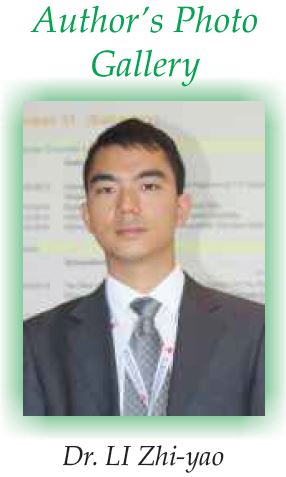[box type=”bio”] What to Learn from this Article?[/box]
1. Adult presentation of Osgood schlatter disease?
2.Technique of arthroscopic removal of large ossicles from behind the patella tendon?
Case Report: Volume 3 | Issue 2 | JOCR April – June 2013 | Page 4-7 | Li Zhi-Yao
Author: [1] LI Zhi-yao
[1] Department of Arthroscopy and Sports Medicine, Wangjing Hospital, China Academy of Chinese Medical Sciences, Beijing, 100102, China.
Address of Correspondence:
Dr LI Zhi-yao: Department of Arthroscopy and Sports Medicine, Wangjing Hospital, China Academy of Chinese Medical Sciences, Beijing, 100102, China. Email: zhiyao.li@hotmail.com
Abstract
Introduction: Surgical excision of the ununited ossicles has been suggested for unresolved sequelae of Osgood-Schlatter disease in adults resistant to conservative measures. We report a case where arthroscopy was used to excise the ossicles. A bird eye view from the superolateral portal was helpful in the arthroscopic procedure for excision of the deep low lesion.
Case Report: A 32-year-old, male driver had anterior knee pain during walking and sports activity that had been treated conservatively for 3 months. On physical examination, there was a prominent tibial tubercle, but without palpable pain. There was obvious pain when the knee was approaching full extension. On image, a huge ununited ossicle was seen behind the patellar tendon, intruding into the joint space, and there was another two small ununited ossicles beneath the bow-shaped patellar tendon. Arthroscopy was performed through a three portals technique, and a bird eye view was achieved from the superolateral portal. The ossicles were separated from the surrounding soft tissue with a motorized shaver. The small ununited ossicles were removed by use of a grasper. The huge ossicle was removed by use of a motorized bur, and the contouring of the irregular surface of the tibial tubercle was performed. After 3 months, the patient returned to sports activities without any restrictions.
Conclusion: This report shows that a huge ossicle can cause impingement in anterior knee compartment, and it can be easily removed arthroscopically under assistance of an additional portal.
Keywords: Osgood-Schlatter disease; Knee; Arthroscopy; Superolateral portal.
|
How to Cite This Article: Li Zhi-Yao. Arthroscopic Excision of a Huge Ununited Ossicle Due to Osgood-Schlatter Disease in an Adult Patient. J Orthopaedic Case Reports 2013 April-June;3(2):4-7. Available from:https://www.jocr.co.in/wp/wp-content/uploads/Jan-March-2013-Article-3.pdf |
(Figure 1) | (Figure 2a) | (Figure 2b) | (Figure 3) | (Figure 4)
[Abstract] [Full Text HTML] [Full Text PDF]
[rate_this_page]
Dear Reader, We are very excited about New Features in JOCR. Please do let us know what you think by Clicking on the Sliding “Feedback Form” button on the <<< left of the page or sending a mail to us at editor.jocr@gmail.com





